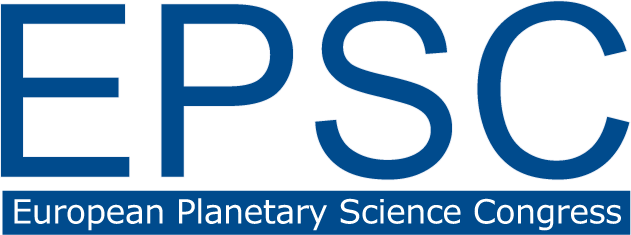Orals
MIT6
Convener:
Michel Blanc
|
Co-conveners:
Pontus Brandt,
Pascale Ehrenfreund,
Kathleen Mandt,
Merav Opher,
Olivier Witasse
Tuesday, 17 September 2019 | Mars (Room 18)
14:15–14:30 |
EPSC-DPS2019-1229
Coffee break
15:45–16:00 |
EPSC-DPS2019-826
| Media interest
16:15–16:30 |
EPSC-DPS2019-1992
| Media interest

